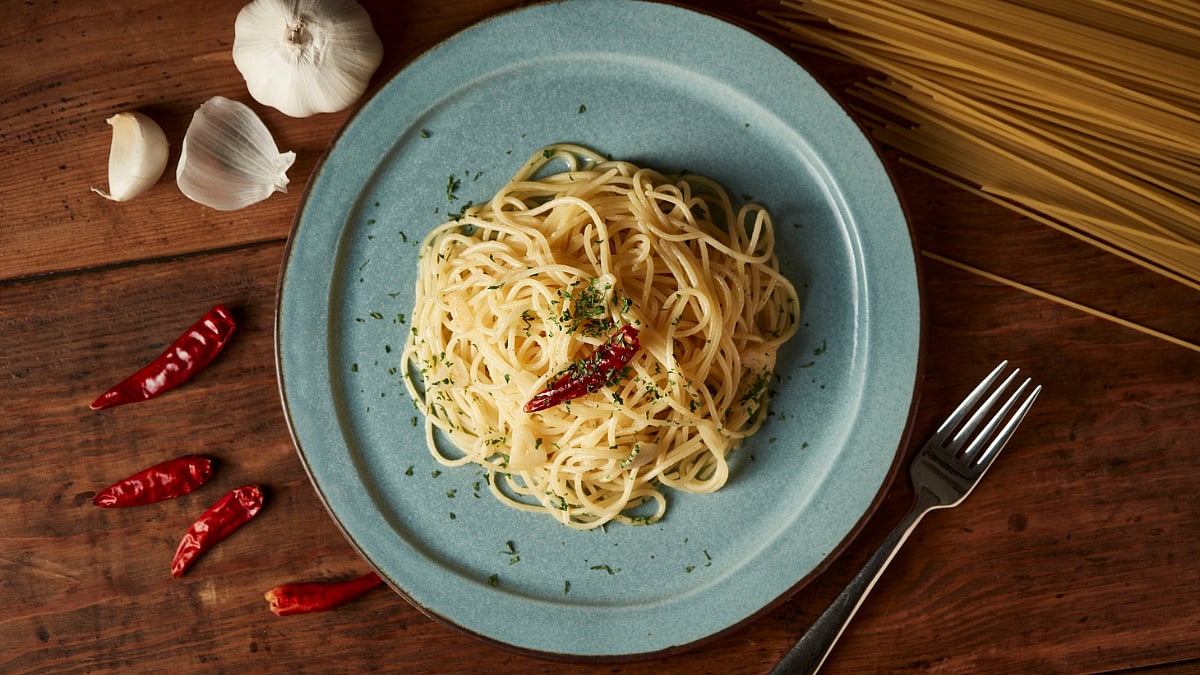What's The Big Pasta Controversy? Why Are Italians So Upset With Cream In Cacio e Pepe
The controversy began when the UK-based culinary site Good Food published its take on the iconic Italian dish, Cacio e Pepe.

Representative image | Canva
It started like any other recipe upload and then turned into a global food fight. A beloved Roman pasta dish, a dollop of cream, and one British food website have managed to stir up a storm that's now reached embassy levels. If you've been scrolling on social media, you might've stumbled upon the "pasta controversy" – and if not, let us explain to you the food row that got the world talking and culture divided.
Cacio e pepe – a simple Roman creation
Cacio e pepe, literally “cheese and pepper”, is an iconic Roman creation that signifies simplicity. It's made with just three ingredients: tonnarelli pasta, pecorino Romano cheese, and freshly ground black pepper. While it sounds straightforward, Italians know the technique is a fine art, requiring skill to achieve the perfect creamy emulsion without cream or butter.
British recipe that backfired
The controversy began when the UK-based culinary site Good Food, formerly owned by the BBC, published its take on the dish. Instead of the traditional recipe, it listed spaghetti, black pepper, Parmesan cheese, and butter, even suggesting cream as an optional addition. For many Italians, this was nothing short of disrespect.
ALSO READ
The backlash was so fierce that the Rome branch of the restaurant association Fiepet-Confesercenti took action, sending formal letters to Immediate Media (publisher of Good Food) and to the British ambassador in Rome, Edward Llewellyn, demanding an explanation, as reported by the Express.
Why Italians take it personally
Italy’s fierce protection of its food heritage is nothing new. From pineapple on pizza to chicken in pasta, reinterpretations of classics often spark outrage. For Italians, cacio e pepe is not just a recipe; it’s a cultural symbol. And for many, cream in it is simply crossing the line.
Claudio Pica, president of the Rome branch of Fiepet-Confesercenti, told the BBC, "This iconic dish, traditionally from Rome and the Lazio region, has been a staple of Italian cuisine for years, so much so it has been replicated even beyond Italy’s borders."
RECENT STORIES
-
-
-
-
-